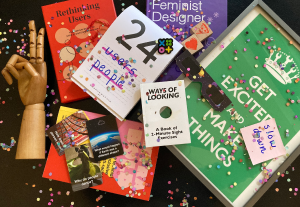- Accessibility, Biomimicry, Creativity, Design Thinking, Ergonomics, Human-Centered Design, Innovation, User Experience, UX Design, Wayfinding
Unlock the secret to truly innovative UX by looking beyond the screen. This article reveals how inspiration from architecture, nature, and physical design can elevate your digital creations, making them more intuitive, user-centered, and creatively inspired. Step outside the digital world to spark new ideas and transform your UX design process.
Article by Rodolpho Henrique
The Secret to Innovative UX: Look Beyond the Digital World
- The article explores how UX designers can draw inspiration from the analog world, including architecture, nature, and physical product design, to innovate digital experiences.
- It highlights key design principles such as ergonomics, affordances, and wayfinding that can enhance digital interfaces.
- The piece emphasizes the importance of stepping beyond the screen to foster creativity, prevent burnout, and create user-centered designs that feel natural and intuitive.
Share:The Secret to Innovative UX: Look Beyond the Digital World
Share this link
- February 13, 2025
5 min read







